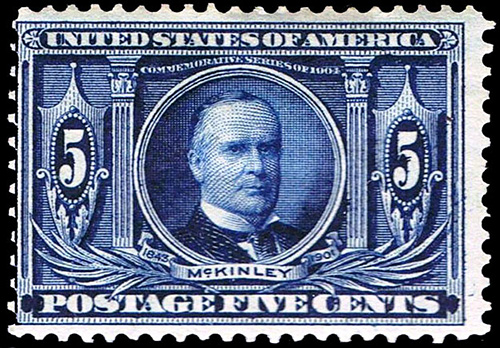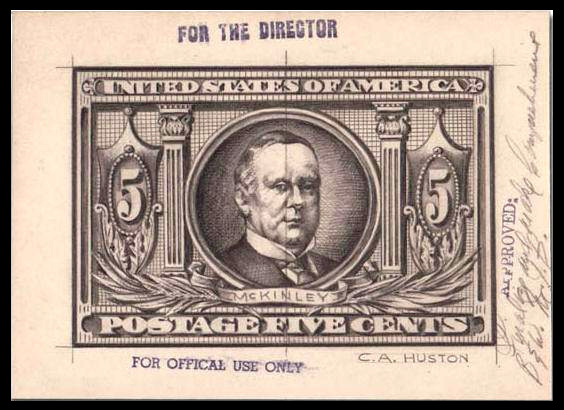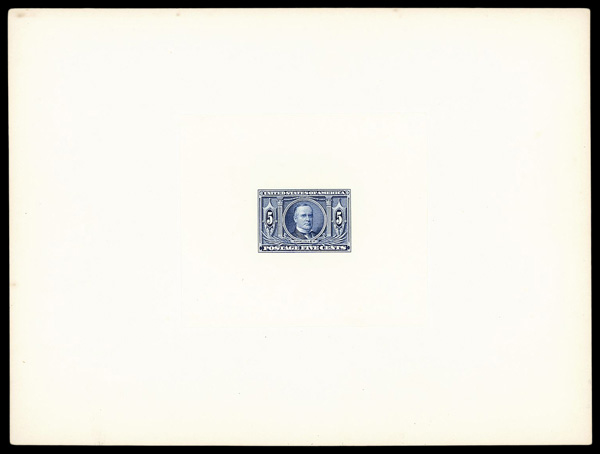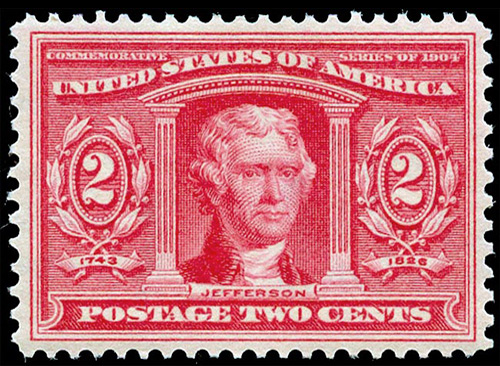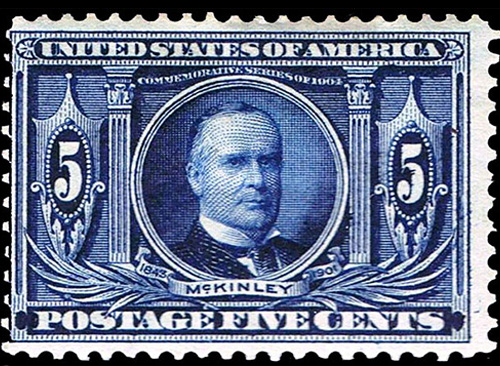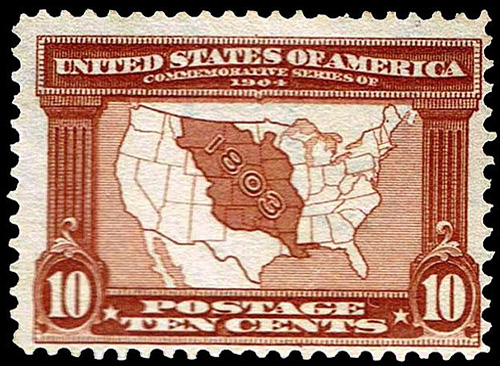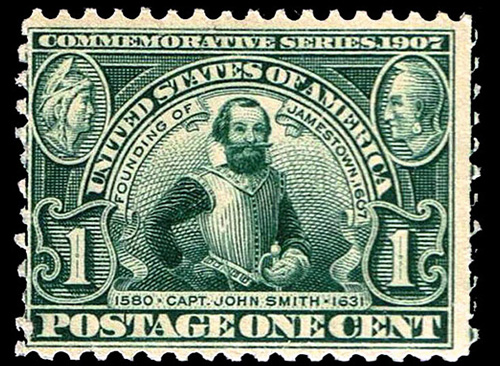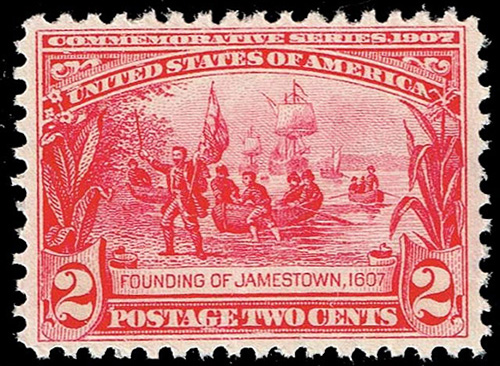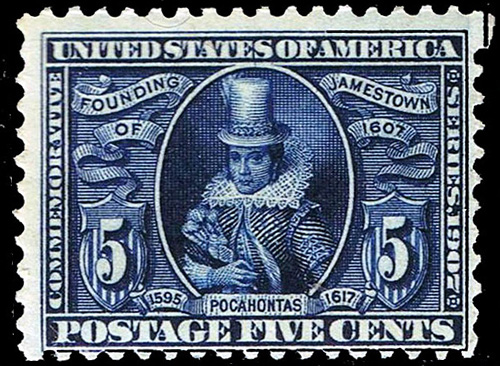Basic Info
5¢ - Dark blue
Printing Method: FLAT PLATE
Subject: President William McKinley
Number issued: 6,926,700
Perforations: 12
Watermark: Double line USPS wmk
Scott #: 326
Issued: April 30th, 1904
Value
Used
$2 - $3
No postmark with gum (MH)
$15.50 - $37.50
Full perfect gum, no postmark
no trace of stamp hinge mark (MNH)
$70 - $140
A half sheet
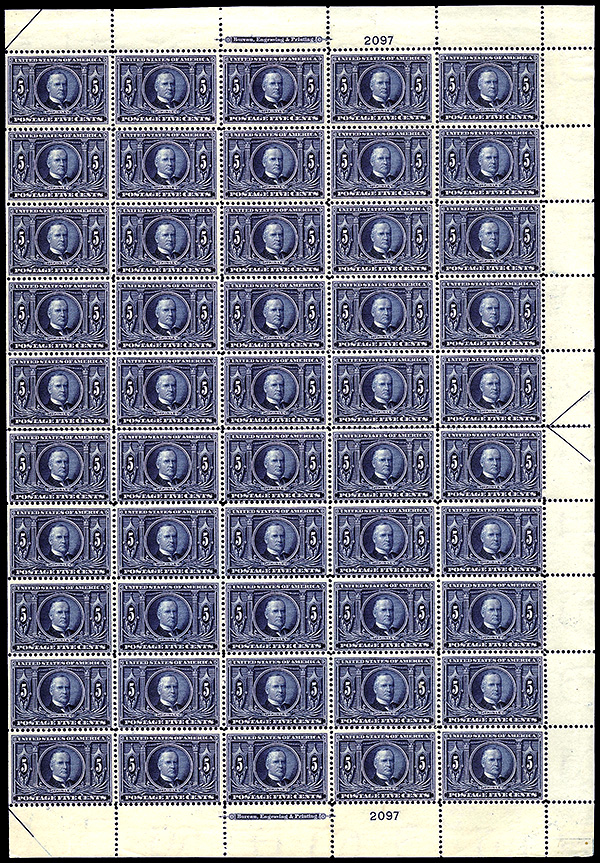
Two panes of #326, there were four panes of 25 to a sheet of 100
Usage of the 5¢

This value was mainly used for foreign bound mail. The cover shown above has the desirable Exposition cancel from the one and only post office at the Exposition.
From French to American
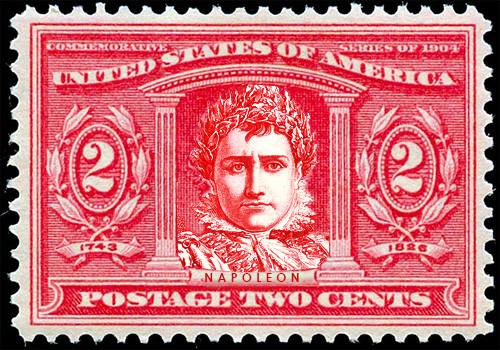
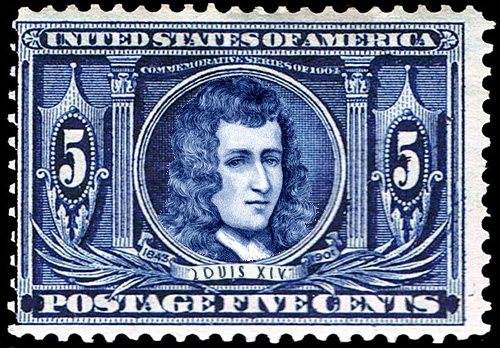
It was originally proposed that the series should figures associated with the purchase, which would have included Louis XIV (after whom Louisiana was named) and Napoleon Bonaparte. However it was decided to limit the vignettes to the Americans who had been identified with the Purchase and the Exposition.
The Design Inspiration
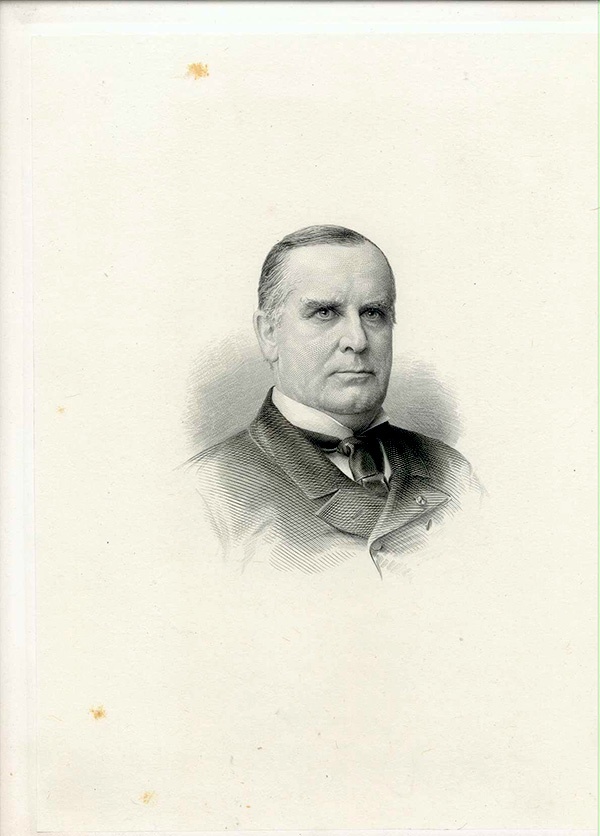
This Smillie Engraving of William McKinley was used as the source for the vignette. Interestingly William McKinley only wore a bow tie, there is no photograph of him with a neck tie or a cravat.
Plate #'s
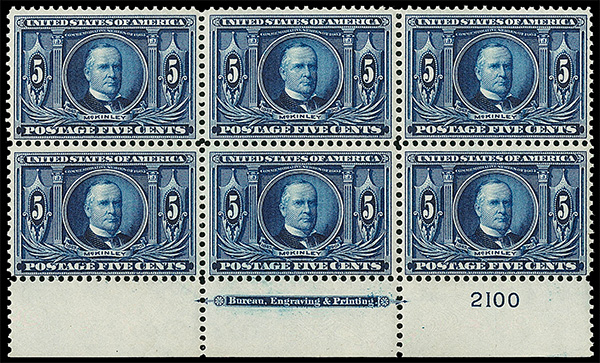
#326 was issued with the following plate #'s
Imprint and number
2097-99
2100
The Louisiana Purchase Exposition
Although officially known as the Louisiana Purchase Exposition, it was commonly known as the St Louis World's Fair. Millions of dollars had been spent to build the 1,200-acre fairgrounds and its nearly 1,500 buildings—a huge scale that ended up delaying the opening by a year. During the eight months the fair stayed open, nearly 20 million people paid a visit. On display were marvels of technology, agriculture, art, and history, and there were amusement rides and entertainment to be found in a section called “the Pike.” The fair introduced a huge audience to some relatively new inventions such as private automobiles, outdoor electric lighting, and the X-ray machine—as well as foods from across the United States and around the world. The exposition also had a focus on anthropological exhibits. In some cases, organizers brought people from the Philippines, the Arctic, and elsewhere to the fairgrounds as set pieces among re-creations of their home environment or villages. After the fair closed, nearly all of its structures were demolished within a short time, leaving only a few footprints, ponds, and canals in Forest Park in St. Louis
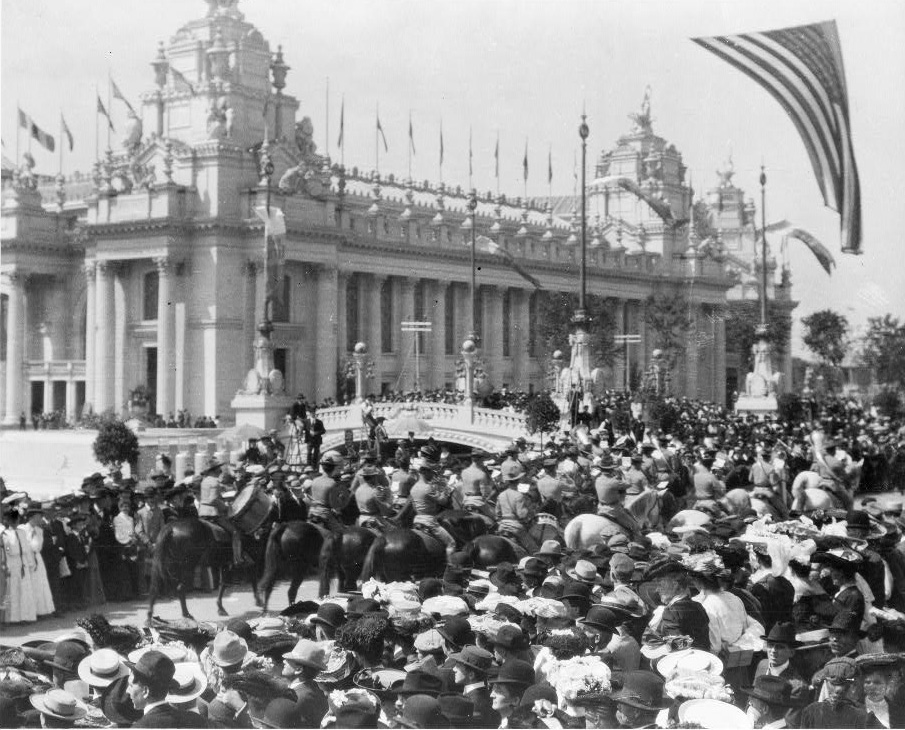
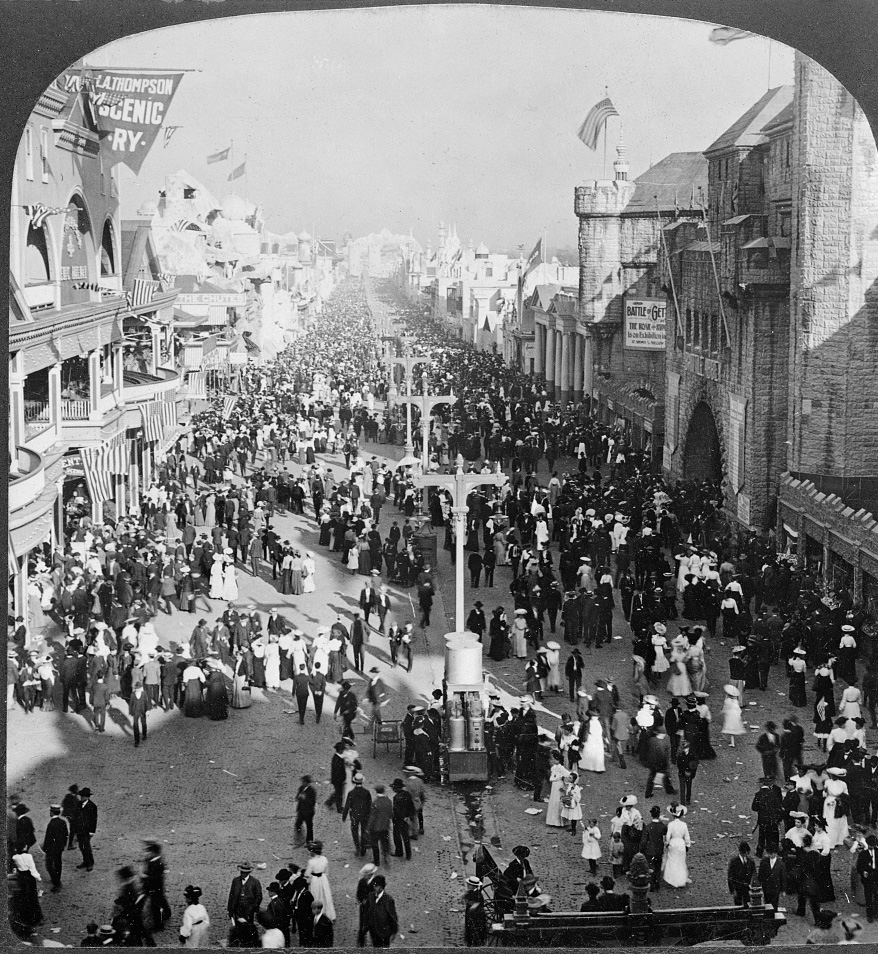
The 'Pike'
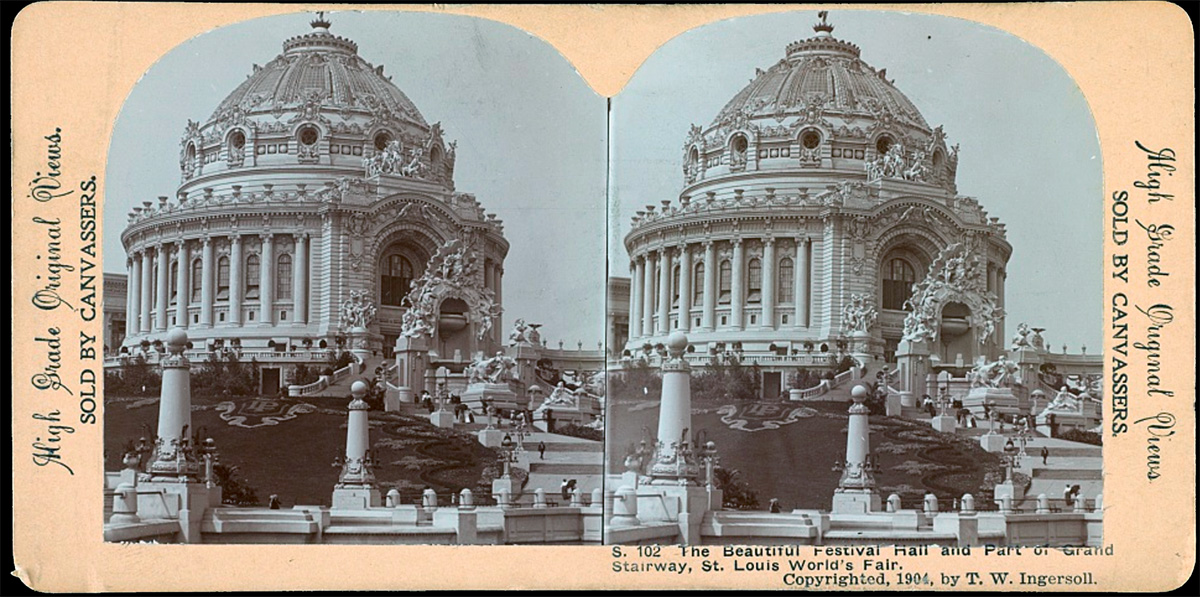
The Festival Hall
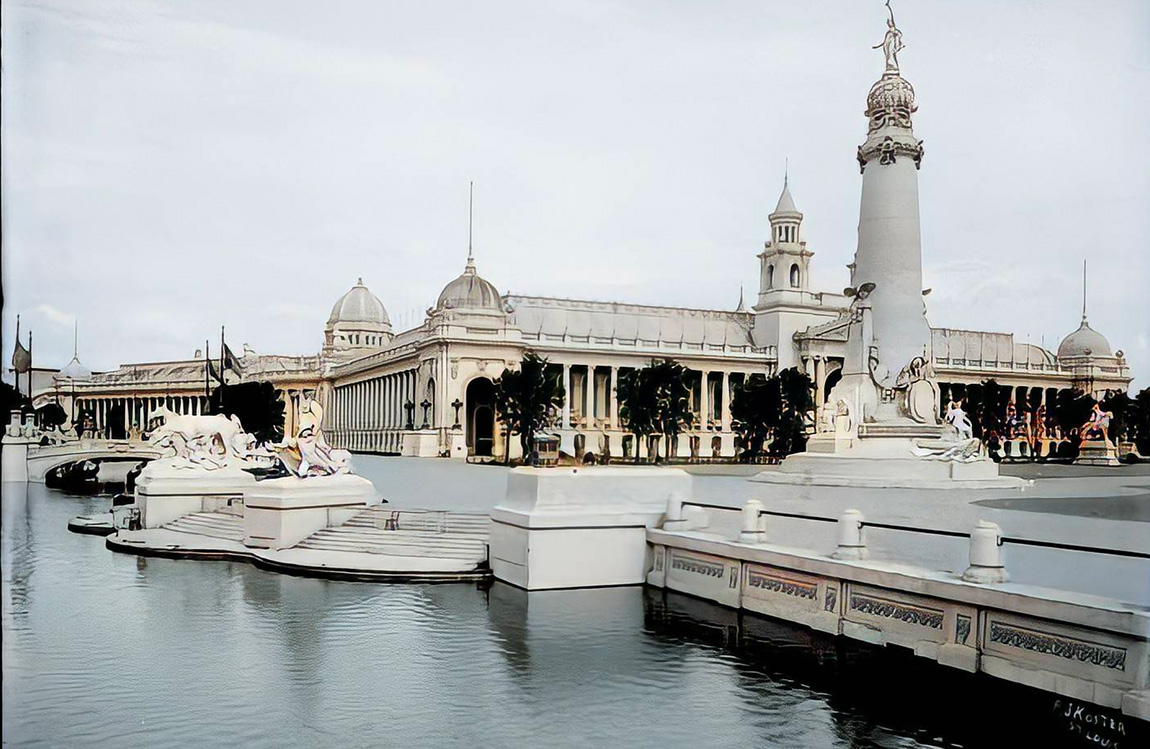
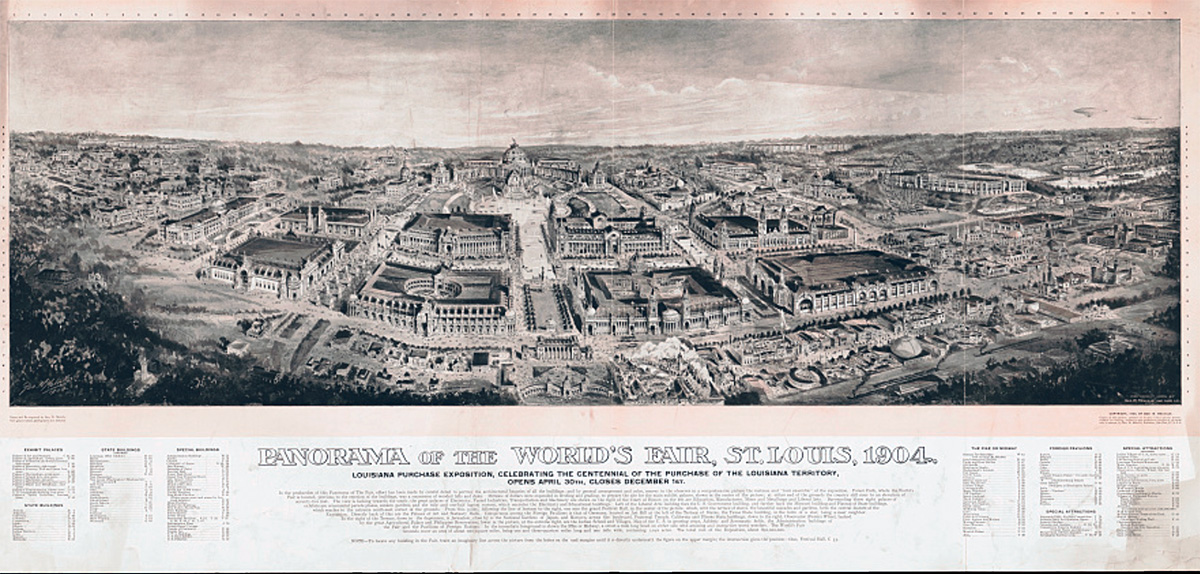
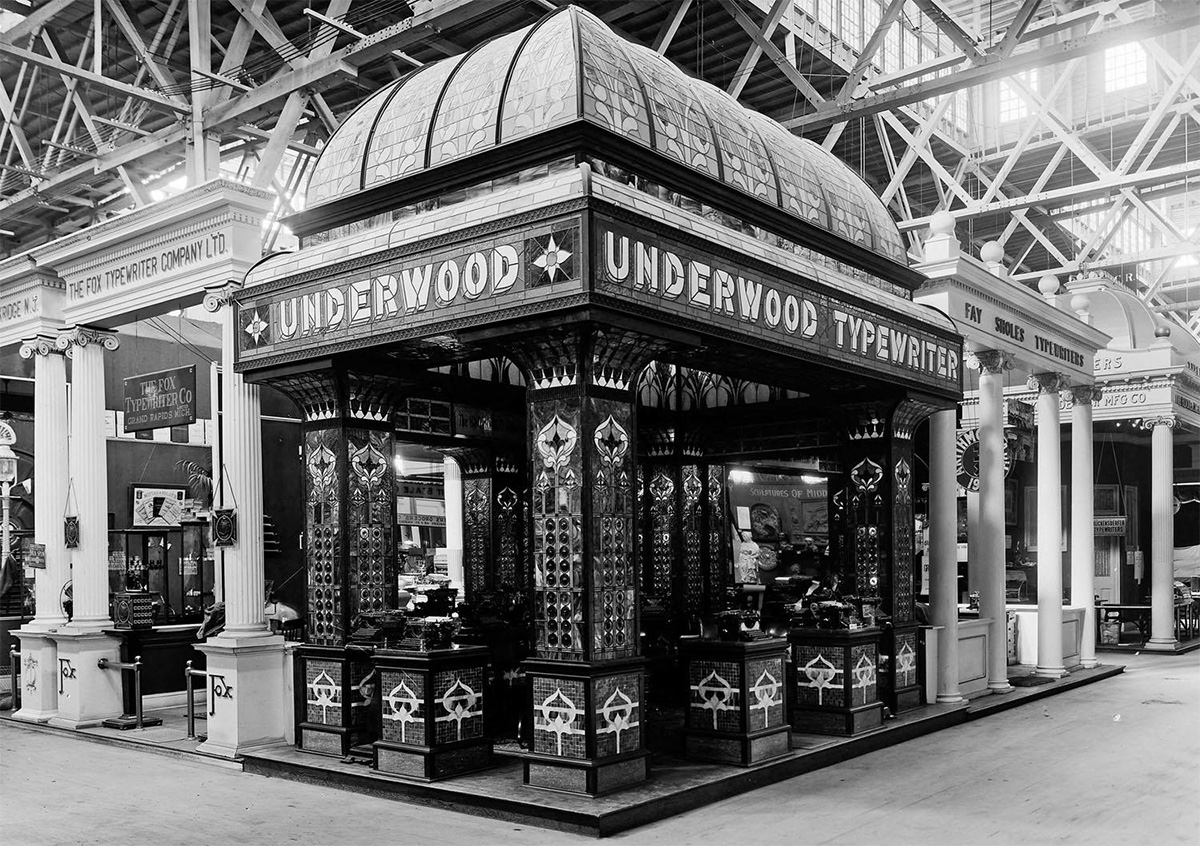

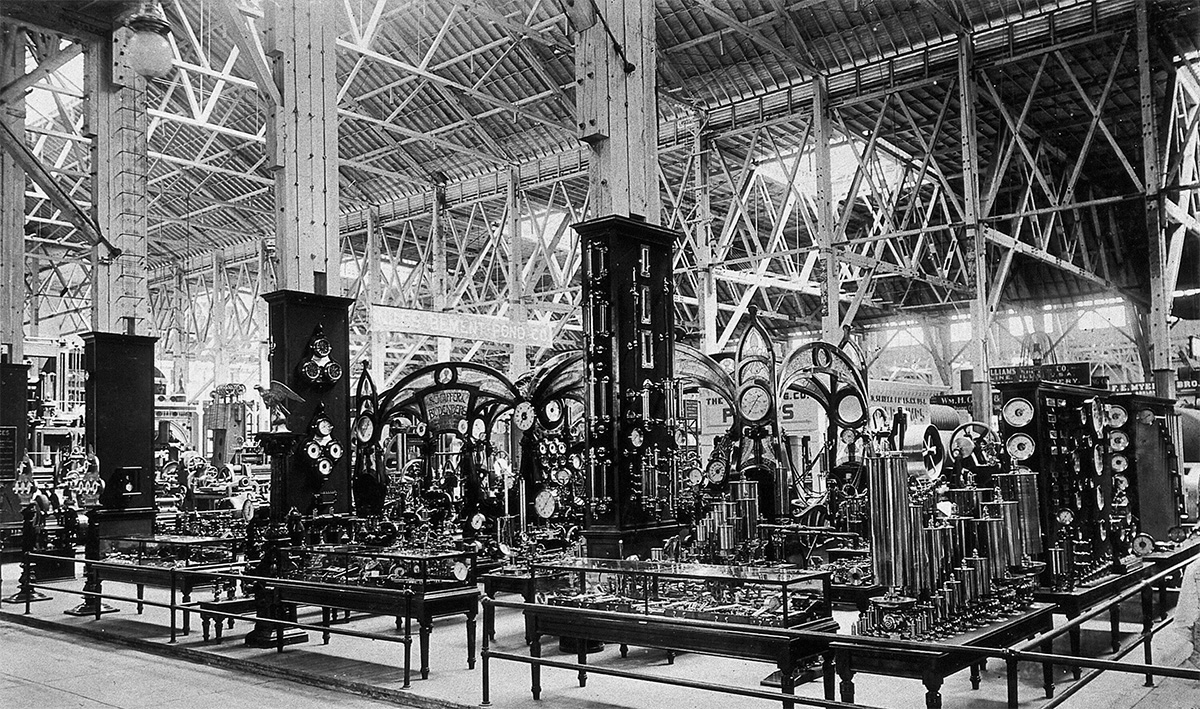
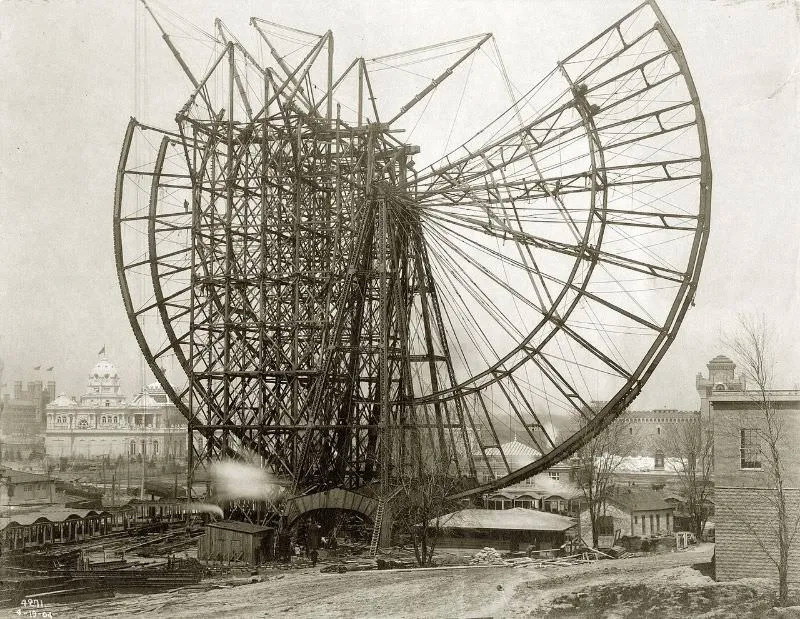
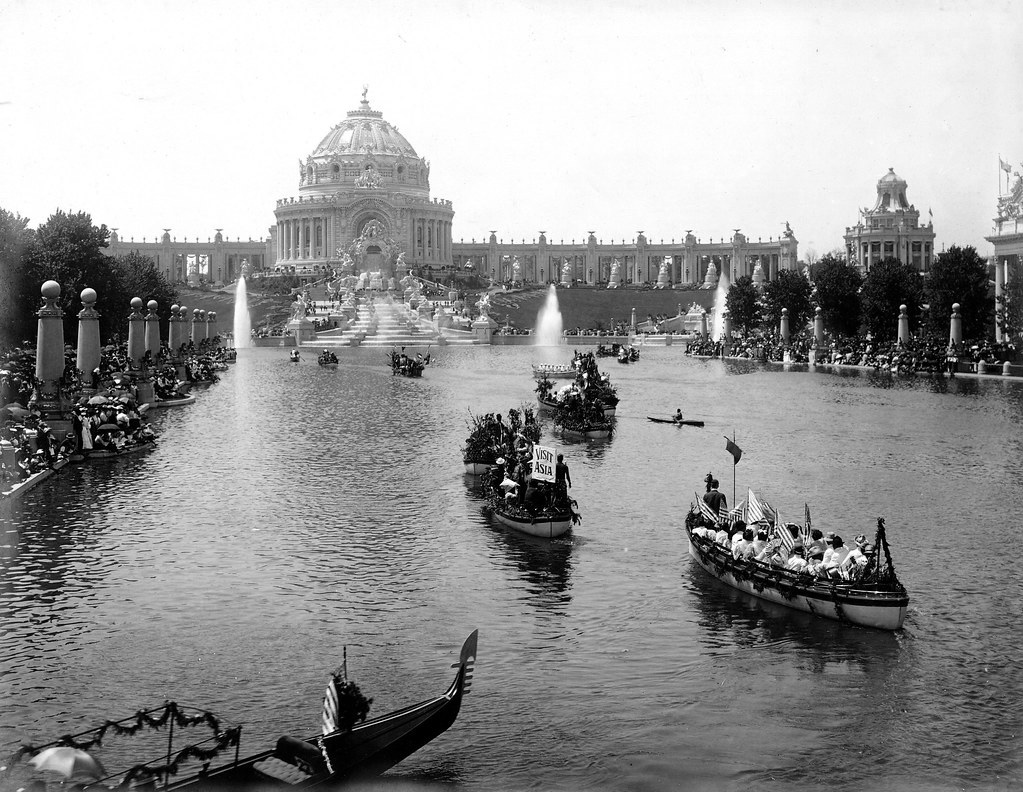
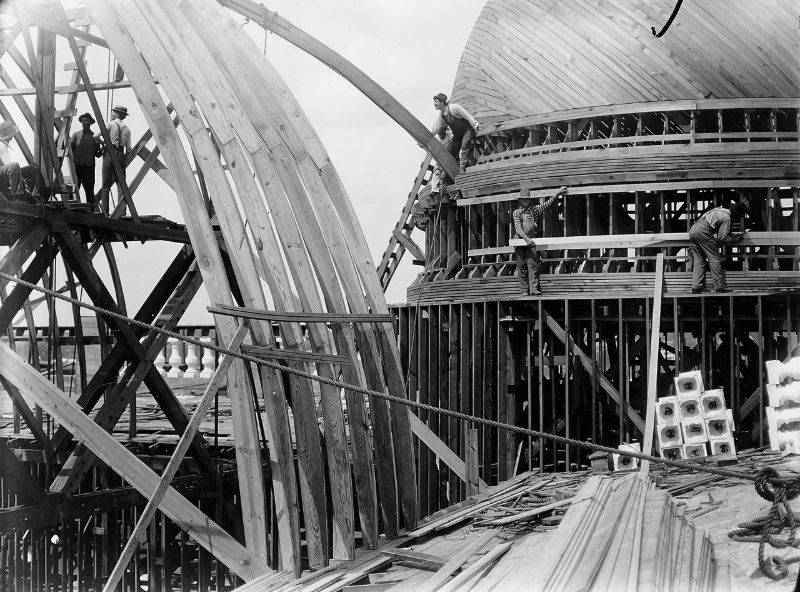


Despite some beautiful buildings being built for the Exposition all were destroyed. This was due to that the buildings were not built to last to save on expense. Many were constructed of plaster on wood frames.

This is all that is left of the World's Fair today, located in Forest Park, St Louis, Mo.

